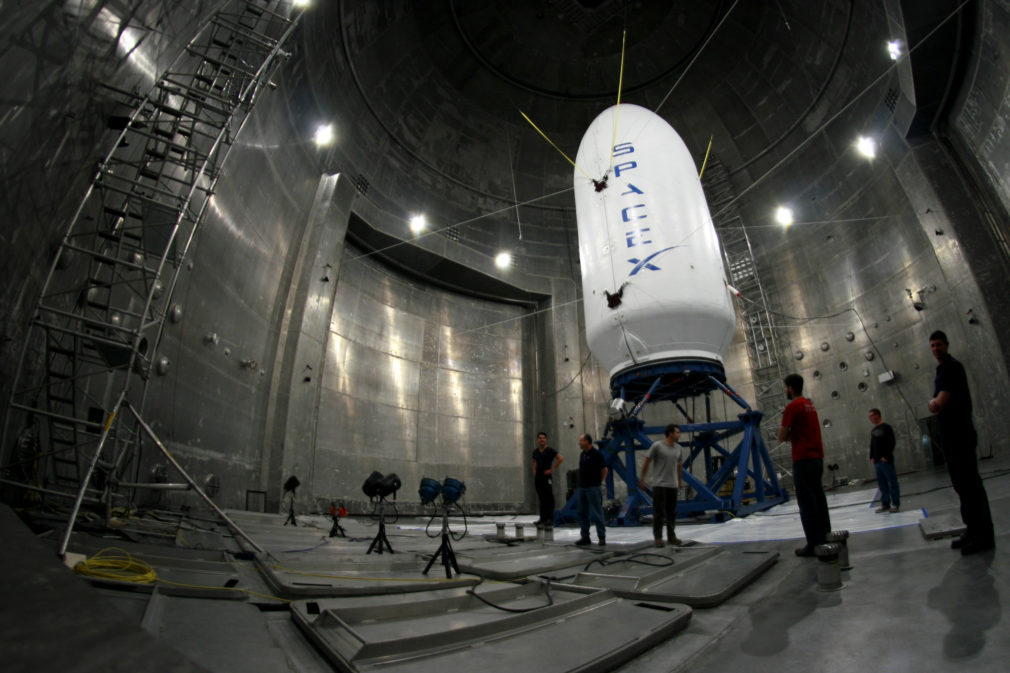Chinese smartphone maker Huawei has today reported its annual earnings and the picture isn’t as rosy as one would’ve hoped them to be. The profits for the fiscal year 2016 were largely flat, however, the sales figures continued to witness a rise. But, to become the third largest smartphone manufacturer, the company had to sacrifice on the growth front.
In the fiscal year 2016, the Chinese giant’s overall revenue jumped by 32 percent to reach 521.6 billion yuan ($75.1 billion). Though it came at par with the company’s own guidance, the net profit growth for this was lower than expected. The net profit for this year was up 0.4 percent to 37.1 billion yuan ($5.3 billion), but it doesn’t really amount to anything in the bigger picture. The enterprise unit of the company, developing smart solutions for areas like urban planning and transport, witnessed the fastest growth at 47 percent.
Commenting on their progress, Xu Zhijun, Rotating and Acting CEO said,
Just as progress in fields like shipbuilding, cartography, and navigation made long-distance sea travel possible, the rise of information and communications technology like the Internet of Things, ultra-broadband, the cloud, and artificial intelligence has launched us into a great new age of digital exploration.
This year, Huawei witnessed the slowest annual growth since 2011, which is the only sore spot in its annual report. This means that the profit and sales figures are not increasing as quickly as the market would’ve expected from Huawei. And the market analysts are citing two primary reasons for the thinning out of margins – marketing expenditure to beat competition and R&D efforts. The profit margin came at just 7 percent, one of its lowest in a decade.
This drop is being attributed to the company’s continued rivalry with local Chinese smartphone makers like Oppo and Vivo. These two previously little-known brands have emerged as Huawei’s toughest competitors in its homeland. They have even managed to shrink Apple’s sales by yet another 23 percent in 2016. The Cupertino giant has slipped to the fourth position in China, followed by Xiaomi at number five.
Another reason for the company’s stunted growth is its excessive capital infusion into research and development efforts. It shelled out about 76.4 billion yuan ($11 billion) to further its business operations. But, this is acceptable seeing the quality of its premium devices, particularly the Leica camera.
There’s, however, another avenue where Huawei doled out funds to become the third largest smartphone maker — marketing stunts. This did help it cover some ground over Samsung and Apple. It has witnessed a growing demand in regions — Europe, Africa, and Scandinavia. But, China still continues to be its dominant market with over 45 percent total sales.
We’d, however, like to leave you with a surprising fact. Huawei is a privately-held company and it has still revealed its annual report for the previous fiscal. It isn’t necessary for private companies to disclose their earnings, only public companies are bound to make the public aware of their current financial standing.
That’s the plus side of this Chinese giant and there’s immense growth still in store. Both at CES and MWC, Huawei took the wraps off its latest top-of-the-line smartphones, namely the P10 (comes in a cohort of colors) and Mate 9 (packs Amazon Alexa as well). These will enable the company to further its sales in its homeland as well as witness international buyers hog its devices.




